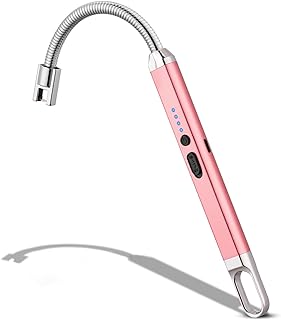Lighter:
* Fuel: Contains butane, propane, or other flammable liquids/gases.
* Ignition: Uses a spark or a piezoelectric element to ignite the fuel.
* Flame: Produces a continuous flame, typically adjustable in size.
* Refillable: Most lighters are refillable, allowing for extended use.
* Durability: Generally more durable than matches, often made from metal or plastic.
* Wind Resistance: More wind-resistant than matches, providing a more reliable flame in outdoor conditions.
Match:
* Fuel: The head of a match contains a flammable chemical mixture, often containing potassium chlorate, sulfur, and a binder.
* Ignition: Requires striking the match head against a rough surface to generate friction and ignite the head.
* Flame: Produces a short-lived flame that can vary in size.
* Disposable: Matches are single-use items.
* Durability: Fragile, easily breakable, and susceptible to moisture.
* Wind Resistance: Highly susceptible to wind, making them unreliable in windy conditions.
In Summary:
* Lighters are more convenient, durable, and reliable than matches, especially in windy conditions.
* Matches are inexpensive, disposable, and useful for quick and easy ignition in controlled environments.
The choice between a lighter and a match depends on your needs and the situation.


